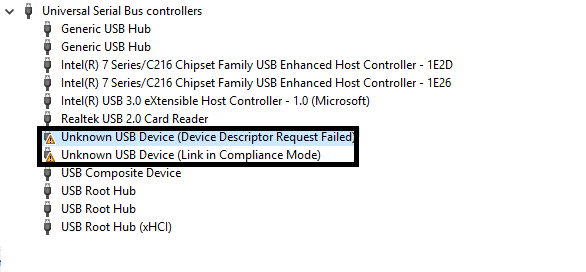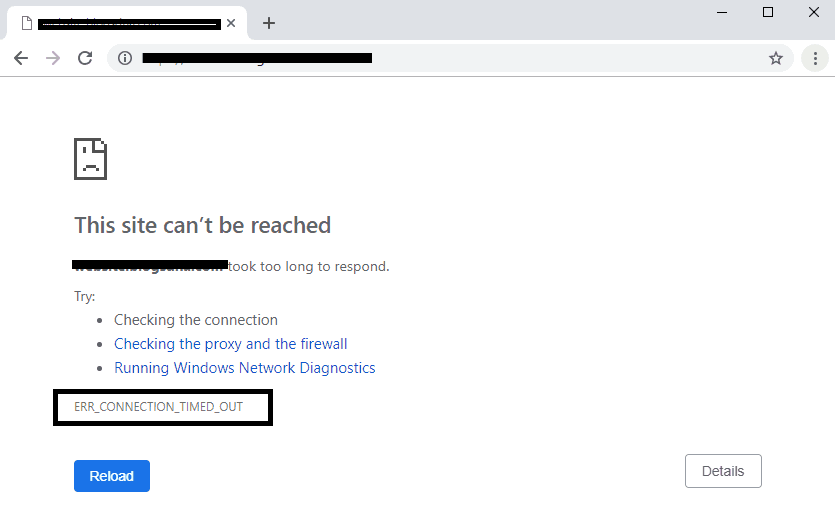People of all ages confront a variety of problems while trying to connect to the internet nowadays, as the internet has become a necessity for many people of all ages. Cannot connect to this network is one of the most typical issues that people encounter when using Windows 10 and the file described here.
Windows 10 Can’t Connect to This Network Error
If you’re a Windows user, you may have encountered this problem because of the different approaches outlined in this article. You may be unable to connect to the network because of changes made to your computer.

Changing the security key of your wireless network, for example, may be one of the causes. Depending on the changes made to your computer, you can use any of the techniques listed below.
After reading the article, see if your machine has undergone any of the following modifications. If you’ve never used a computer before, all you have to do is follow the step-by-step instructions from beginning to end.
Read Also:
- WOW51900319
- This Site Can’t Be Reached
- Windows Has Stopped This Device Because It Has Reported Problems. (Code 43)
1. Adapter Drivers For Wireless Networks
It’s possible that you’re seeing this problem because your network adapter drivers are out of current. Update your network adapter drivers with the help of this step-by-by-step guide. The following are the measures to take:
Step 1: Open the Device Manager by searching for it in the Windows tab. To do this, click Network Adapters in the drop-down menu that opens.
Step 2: Right-click on your network device and choose Update driver software from the context menu that appears. “Automatically search for the updated driver software” can be selected here. When the driver has been successfully installed, click on the “Close” button.
Step 3: After installing the driver, you must restart your computer to see if the problem has been fixed. If the problem persists, uninstall the network adapter by right-clicking on it and selecting uninstall. Your operating system will automatically reinstall itself when you restart your computer, so this is the final step.
Step 4: You can repeat this step till you get to “Update driver software” and then select “Let me pick from the list of devices” if you still have this problem. Select “Browse my computer for software” and click “Let me choose from the list of devices” in step 9.
Step 5: Unchecking the “Show suitable hardware” option is the final step in this procedure. Select the correct driver from the list and see if the problem has been fixed.I n case the problem persists, follow Steps 11 through 12 until you reach “Network Adapters” and click on Properties.
If the problem persists, consider one of the other suggestions on this page.
2. Reboot Your Modem or Router
You can also try turning your router on and off for a while to see if it helps. Connect again by following the instructions below:
Step 1: First, turn off your router by pushing the power button on the router for around 20 minutes, then turn it back on. The router needs to be turned on. In the Wi-Fi connection search list, type in the name of your network.
Step 2: Reconnect to your network once you’ve located it. A new ISP connection will be established as a result of this action. Using the Windows Troubleshooter is a final option.
Using the network troubleshooter option, you can do this:
Step 1: In the search bar at the bottom left of your PC screen, type “Network Troubleshooter” and press enter.
Step 2: When the “Troubleshooting” menu displays, pick “Hardware and Sound” from it, followed by the “Troubleshooting” submenu. Click on Hardware and devices in the third step. To see if your drivers are compatible with Windows 10, go to “Configure a device” and enter your model number.
Step 3: If not, you’ll need to get the network drivers from the manufacturer’s website. Save it to your desktop. Open the RUN dialogue by searching for it in the search bar at the bottom of your screen.
Step 4: In the Run dialogue, type “devmgmt.msc” and press Enter. Right-click on your network adapter in the Network Adapters area. You’ll need to go to the driver tab in the Properties window.
Step 5: In order to uninstall the programme, click “Follow the on-screen directions to finish.” Once you have downloaded the driver, go to the Compatibility section and choose it. Under the “Run this programme in compatibility mode for” drop-down menu, select “Windows 7,” then click OK.
Step 6: To run the driver as an administrator, right-click on the downloaded driver file and select “Run as administrator.” When prompted, select “OK.” Afterwards, restart your computer to complete the installation process.
If the issue remains, you can attempt a different approach.
3. Use TKIP/AES Encryption For Your Wireless Adapter To Change The Network Key (Security/Encryption) From WPA-PSK to WPA2-PSK.
Using WPA-PSK for your network connection could be the root of the problem (or WEP). Verify it by following these steps:
Step 1: To begin, press Windows + A to bring up the action centre. When you open Settings, select the Network & Internet option, then click on it. From here, select the more advanced menu.
Step 2: Select Properties from the drop-down menu. You’ll be able to observe exactly what your network is doing when it comes to the Security type. ‘
Step 3: For example, you can ask your network provider to switch to WPA-personal and TKIP encryption if your network is currently using WEP. You can then access the network.
Step 4: This is something you can do on your own. To accomplish this, you’ve used a LAN cable to connect the PC. On your router, go to Wireless Security, select WPA-PSK, and then select TKIP/AES for encryption.
Step 5: Click Start, type cmd, and then type ipconfig/all into the command prompt that appears. Eventually, you’ll have to sift through all of the information to get the default gateway address.
4. Forgetting the Network
This problem can be caused by a computer that is set up incorrectly. In order to fix the problem, we’ll have a look at how to disconnect from the network and reconnect it again.
Step 1: Right-click on the Wi-Fi icon and select “Open Network and Internet Settings” from the menu that appears.
Step 2. Select the Wi-Fi button on the left side, click “Manage Known Networks,” and then select the Wi-Fi network from the drop-down list.
Step 3. Click the Forget button and then attempt connecting to the internet again.
5. Reset The Network
Windows 10’s network settings can have errors, which can cause problems. So, following the methods outlined below, you can reset your network configurations.
Step 1: Open Settings by searching for it in the search box at the bottom of the screen.
Step 2: Next, go to “Network and Internet” and choose “Network Reset”.
Wait for it to cool off before continuing.
Read Also:
Conclusion
There are several ways that you can fix the problem of “Can’t connect to this network” in Windows 10 on your own in this post. Getting to know your network isn’t difficult, but when anything goes wrong.o
You have to choose the best solution out of a plethora of options, and you have no prior experience with this new technology. The purpose of this post is to provide assistance to anyone who find themselves in a similar situation.





Leave a Reply